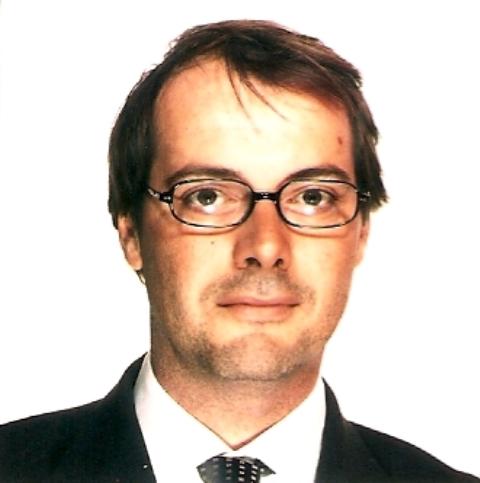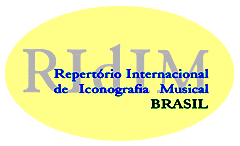
Prof. Dr. Antonio Baldassarre (Lucerne University – CH)
Music as a visual language:
studying New Spain sources
Visual sources have a growing role in musical research, because images have two major advantages over a verbal description of books and other written formats, as Emmanuel Winternitz already mentioned in the seventies of last century: 1) visual representations often show valuable information that words cannot convey, and 2) images reveal information that contemporary writers do not bother to describe, either because they assume or consciously muted for several reasons.
The increased use of iconographic sources in the study of various aspects of music is usually accompanied by an equally intense and deep methodological reflection about the possibilities, limits and barriers of musical iconographic research. This would be even more necessary to deal facing two facts. The iconography is not an easy tool to use because, for example, cannot look at a painting and say, "Look, I see a female character in front of an organ, then the image is a representation of St. Cecilia." In general, things are always much more complex. Furthermore, many studies that include or use music visual documents still show some complicated (but not always apparent) tendency to positivism. In light of recent scientific discoveries, especially with regard to post-structuralist approaches, this trend is surprising a lot.









